TV above fireplace--how do you run cables for cable box/DVD
breezygirl
13 years ago
Related Stories
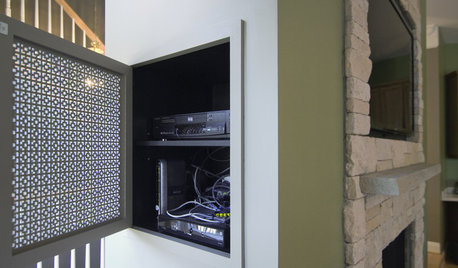
DECORATING GUIDESHow to Hide Your TV Cables
Make your TV room clutter-free by hiding your electronics in the wall
Full Story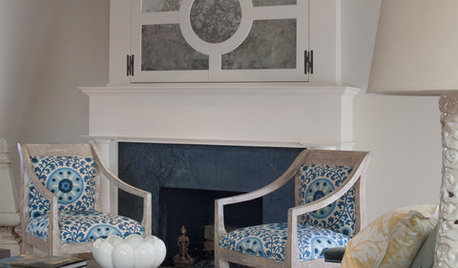
FIREPLACESGoodbye, TV — Hello, Fireplace
Hide the television above the fireplace with clever camouflage, so the focus will be right where you want it
Full Story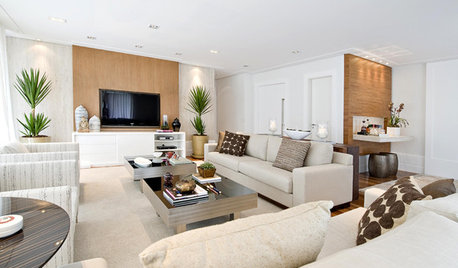
Today's Question: TV Fireplace Dilemma
Should the TV Go Above the Fireplace — or Not? Have Your Say!
Full Story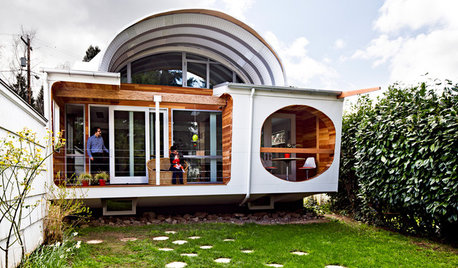
HOUZZ TOURSHouzz Tour: A 'Portlandia' Home Raises an Eyebrow
Cable TV came calling for this quirky home in Oregon, and it played its spaceship part to a T
Full Story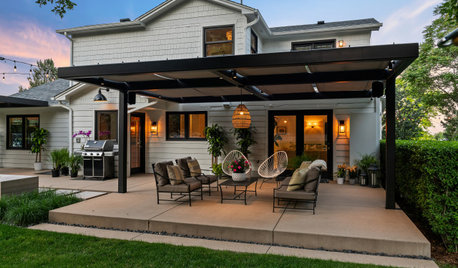
WORKING WITH PROSYour Guide to a Smooth-Running Construction Project
Find out how to save time, money and your sanity when building new or remodeling
Full Story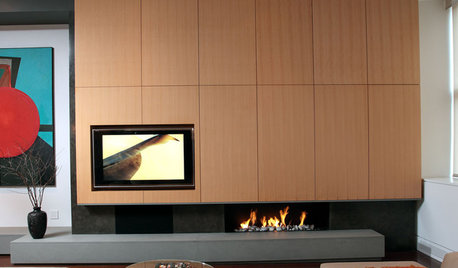
MOST POPULAR7 Ways to Rock a TV and Fireplace Combo
Win the battle of the dueling focal points with a thoughtful fireplace arrangement that puts attention right where you want it
Full Story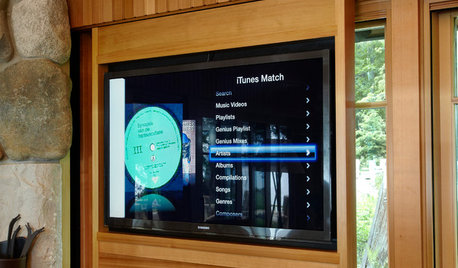
HOME TECHNew Strategies for Hiding the TV
Its easy to be discreet when you've got cabinets, panels and high-tech TV hiders like these
Full Story
HOUZZ TVHouzz TV: This Dream Midcentury Home in a Forest Even Has Its Own Train
Original wood ceilings, a cool layout and, yes, a quarter-scale train persuaded these homeowners to take a chance on a run-down property
Full Story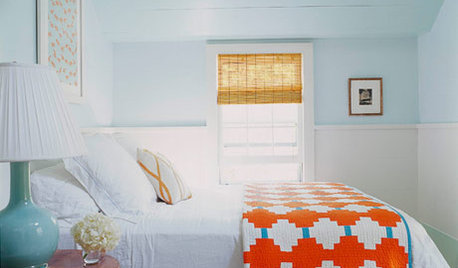
ENTERTAININGGenius Home Prep: A Guest Room in a Box
No dedicated guest room? Make hosting overnighters easier by keeping the essentials in one place
Full Story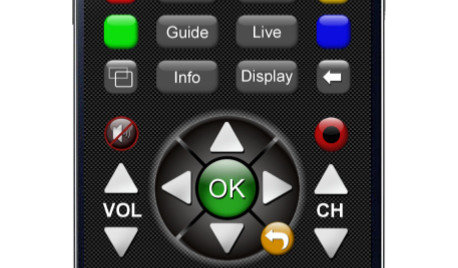
HOME TECHNew TV Remote Controls Promise to Do More — Without the Struggle
Dim your lights, set up user profiles and discover a remote you can't lose. Welcome to the latest and greatest way to change the channel
Full StoryMore Discussions






bh401
yosemitebill
Related Professionals
Newark Home Automation & Home Media · Newport Beach Home Automation & Home Media · San Jose Home Automation & Home Media · Scottsdale Home Automation & Home Media · Springville Home Automation & Home Media · Tampa Home Automation & Home Media · Stanford Interior Designers & Decorators · Beachwood Landscape Contractors · Gurnee Landscape Contractors · La Mirada Landscape Contractors · Pleasant Grove Landscape Contractors · Porterville Landscape Contractors · Siloam Springs Landscape Contractors · San Francisco Lighting · Wasco LightingbreezygirlOriginal Author
bh401
yosemitebill